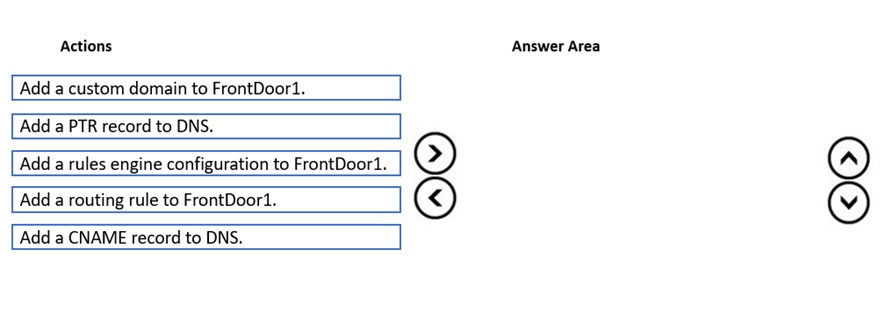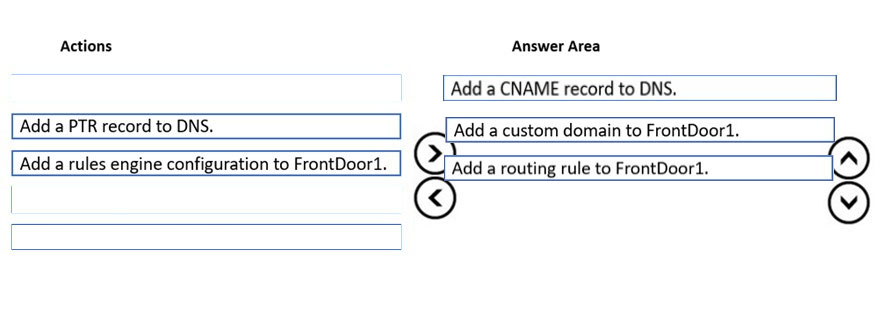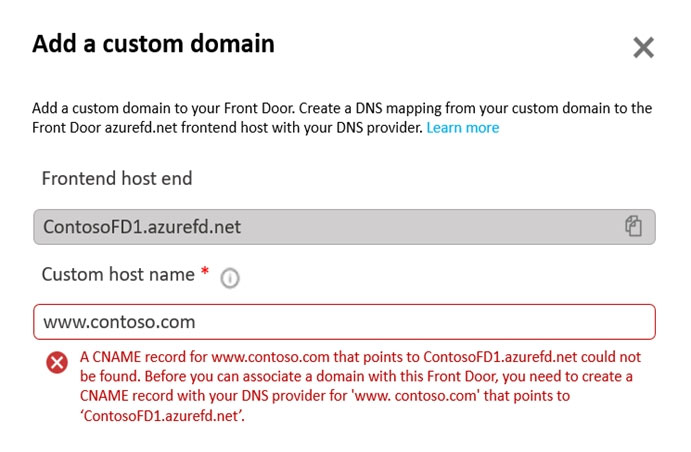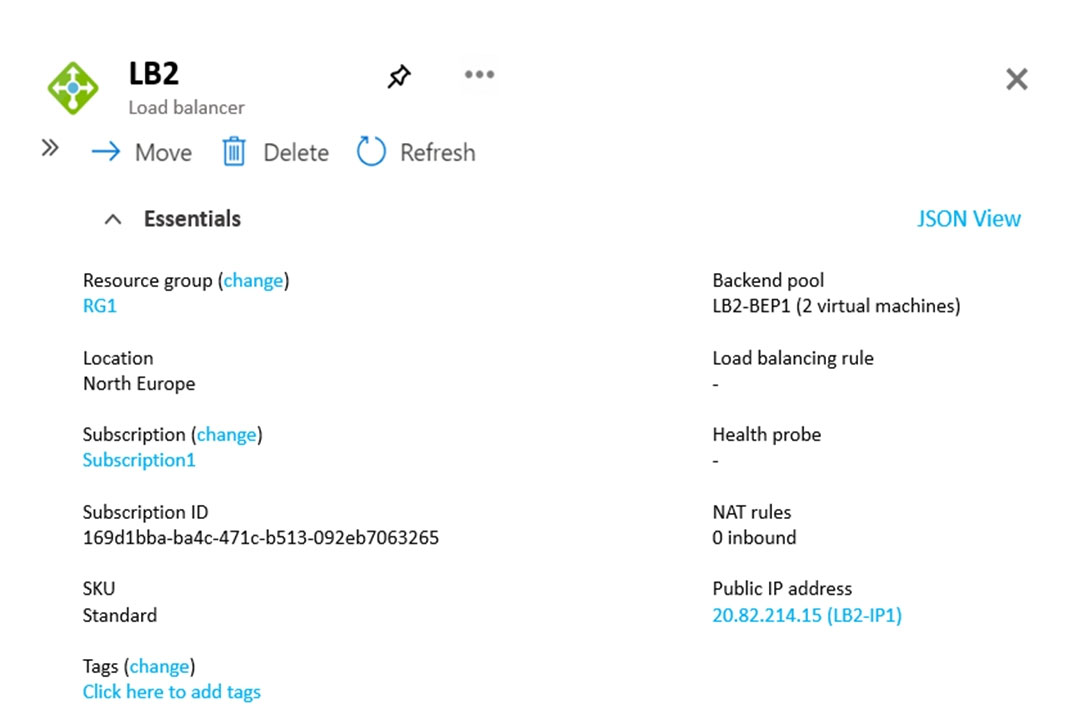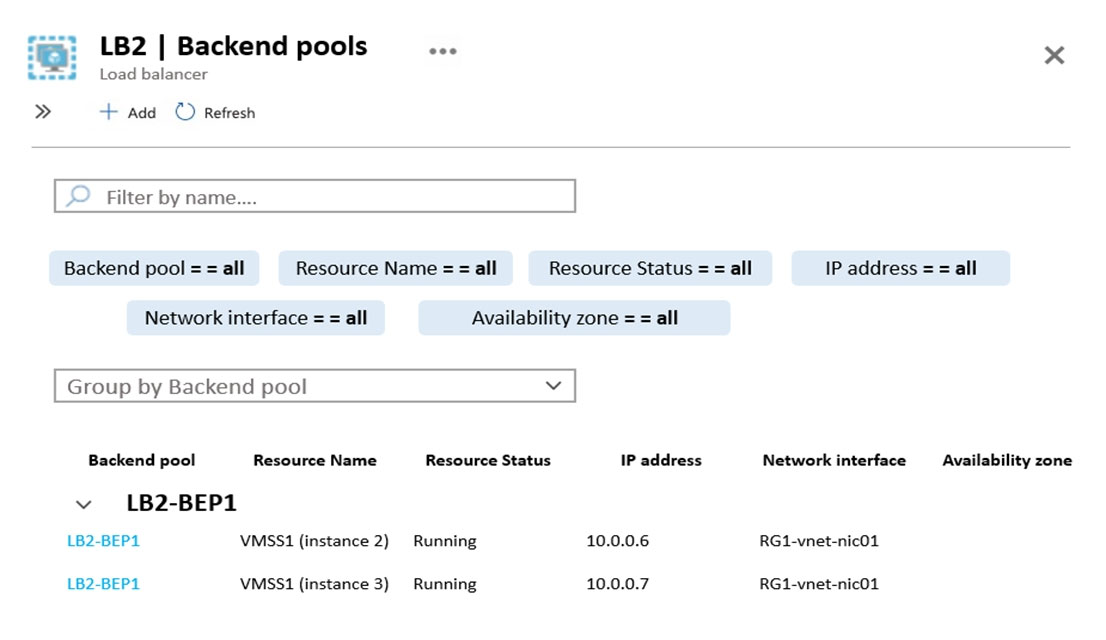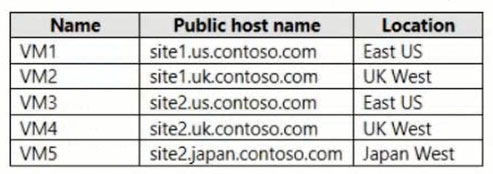E: A WAF policy consists of two types of security rules:
custom rules that are authored by the customer.
managed rule sets that are a collection of Azure-managed pre-configured set of rules.
You can create a fully customized policy that meets your specific application protection requirements by combining managed and custom rules.
A web application delivered by Front Door can have only one WAF policy associated with it at a time.
CF: We create a frontend host and associate it with the Policy.
In the Association tab of the Create a WAF policy page, select + Associate a Front Door profile, enter the following settings, and then select Add:
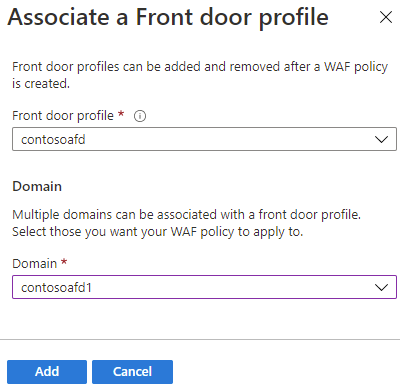
Reference:
https://docs.microsoft.com/en-us/azure/web-application-firewall/afds/afds-overview
https://docs.microsoft.com/en-us/azure/web-application-firewall/afds/waf-front-door-create-portal
